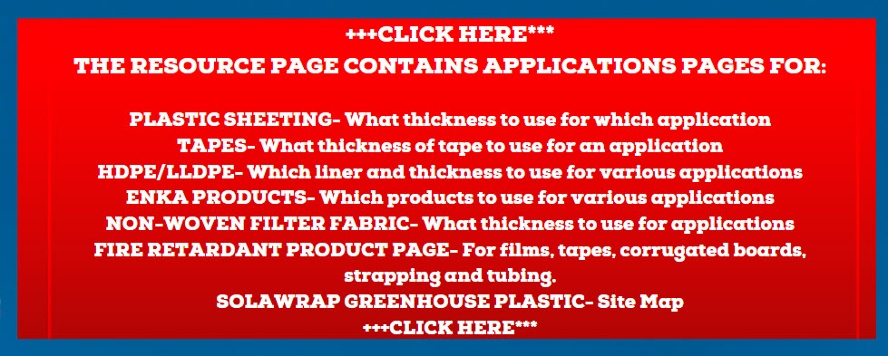What is Plastic Sheeting Used For In Construction?

When we think of construction materials, plastic sheeting might not be the first thing that comes to mind. However, this unassuming material plays a vital and versatile role in the construction industry. From weather protection to containment solutions, plastic sheeting proves itself as an invaluable asset on construction sites. In this blog, we will explore the various applications and mil thicknesses of plastic sheeting, highlighting its significance in modern construction practices.
1. Temporary Weather Barrier (2 to 6 mil):
One of the primary uses of plastic sheeting in construction is to serve as a temporary weather barrier. During building construction, especially for exterior work, 2 to 6 mil thickness plastic sheeting is commonly employed. It shields exposed areas from rain, snow, and wind, ensuring construction progress even in adverse weather conditions.
2. Dust Containment Walls (4 to 6 mil):
When undertaking renovations or interior construction, creating dust containment walls using 4 to 6 mil plastic sheeting is crucial. These barriers prevent dust and debris from spreading to other parts of the building, maintaining a clean and safe environment for workers and inhabitants.
3. Concrete Curing (4 to 10 mil):
Plastic sheeting plays a crucial role in concrete curing processes. Using 4 to 10 mil thickness, the sheeting is laid over freshly poured concrete, helping to retain moisture and maintain optimal curing conditions, resulting in stronger and more durable concrete structures.
4. Moisture Vapor Barrier (6 to 20 mil):
In damp environments, plastic sheeting serves as a moisture vapor barrier. With thicknesses ranging from 6 to 20 mil, it is installed under flooring materials to prevent moisture from seeping through and causing damage.
5. Temporary Tarp or Shelter (6 to 20 mil):
In the absence of traditional tarps or shelters, construction workers can quickly fashion a temporary tarp or shelter using 6 to 20 mil plastic sheeting. This improvised solution protects tools, equipment, and materials from rain and dust during construction.
6. Insulation Jacket (4 to 10 mil):
Plastic sheeting with a thickness of 4 to 10 mil can be wrapped around exposed pipes or ductwork as a temporary insulation jacket. This helps prevent heat loss and conserves energy during construction.
7. Scaffolding Enclosure (6 to 20 mil):
By enclosing scaffolding with 6 to 20 mil plastic sheeting, construction workers gain protection from harsh weather conditions. This ensures work can continue efficiently, even in inclement weather.
8. Temporary Privacy Screens (4 to 6 mil):
On construction sites, privacy may be necessary for sensitive areas. Plastic sheeting with a thickness of 4 to 6 mil can be used to create temporary privacy screens, shielding ongoing work from public view.
9. Concrete Formwork Liners (10 to 20 mil):
Plastic sheeting with thicknesses ranging from 10 to 20 mil is employed as formwork liners. These liners create smooth and clean concrete surfaces without any texture from the form boards, resulting in aesthetically pleasing finished products.
Conclusion:
As we have seen, plastic sheeting's role in construction is both diverse and critical. Its adaptability, cost-effectiveness, and temporary solutions make it an indispensable material on construction sites worldwide. Whether it's providing weather protection, containing dust, or aiding in concrete curing, plastic sheeting continues to be an essential resource, enhancing efficiency and ensuring the success of construction projects.
So, the next time you visit a construction site, take a moment to appreciate the unsung hero - plastic sheeting - that silently empowers the construction industry to build better and more resilient structures for the future.
Visit the Heavy Duty Plastic Sheeting page here



